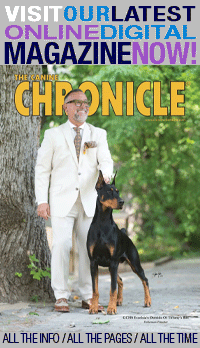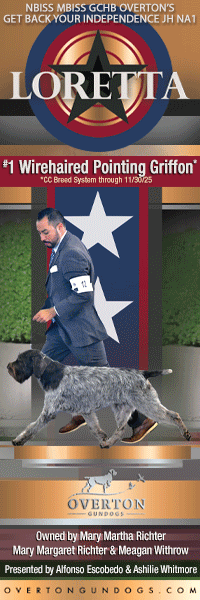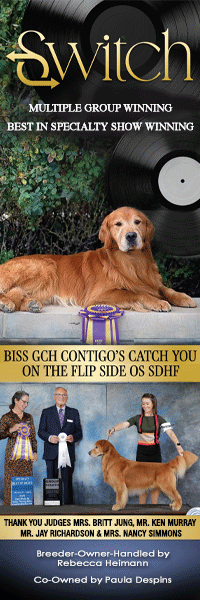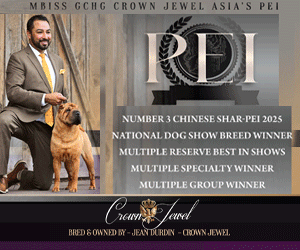Living With The Bichon Frise
By Anne Jones
Bichon Frise is loosely translated as “the dog with the curly coat”. The breed began as one of the breeds descending from the barbet dog of old and has been around for centuries. Old paintings showing a similar dog can be found among large art collections and today’s Bichon carries that white coat, a coat that is “hair” rather than “fur”. While the adult Bichon Frise is white, there may be shades of beige or gray in puppies. This color usually fades before the age of one year. The most significant thing about a coat of “hair” is that it grows and does not shed.
It should be noted that Bichons require daily brushing and frequent grooming, making it NOT the breed for those who are too busy to attend to these chores. The coat needs brushing to keep loose hairs from matting into an unmanageable mess and a minimum of monthly bath and haircut. This is just the beginning of the care that is needed for these dogs but they are worth the effort when given. Eye staining is unsightly so careful attention to the eye area is part of the grooming process. Nail trims and trimming between the pads is another. Hair may grow inside the ears and this should be attended to. All of these steps require careful attention so as not to damage the affected areas but can be handled by a professional groomer who will show the owner what to do between visits.
Another issue is training. Bichons are playful and cute – and easily spoiled! It may be cute to see a puppy nipping at heels or dragging pillows off the sofa but NO is a word they need to learn along with “sit”, “stay” and “heel”. What is cute and acceptable in a new puppy is not so cute at age two! Plan on basic obedience training and start training immediately by providing a crate for your new puppy.
More about that crate! Bichon puppies are quite small and somewhat delicate so they need to have a crate from the beginning and children in the family need to understand that when the puppy goes into his crate for a nap, he is to be left alone to rest. Many a puppy has been so exhausted from being handled that first day that he learns to nip when he would otherwise have been a sweet and charming little guy. This is probably NOT the breed to bring into a home with preschoolers unless they fully understand this issue. If your children are very young, consider finding an adult Bichon instead. Oftentimes a show breeder will have adults that have finished their show careers and are not going to be kept for breeding and will offer them to a good home, after spaying or neutering.
As for buying a Bichon with plans to breed, this is not a good idea unless you know about any health issues that may exist in his family line. While Bichons are one of the healthiest breeds, the way to keep them that way is to only breed those with clear family health history. Bladder stones and other inherited conditions will be passed to future generations unless care is taken to learn at least 3 generations of health on BOTH sides of a planned mating. Loose patellars is the most common orthopedic problem. Leave breeding to those who know about these things and enjoy your Bichon as the funny and affectionate pet that you are looking for. You will be paid back many times over with his funny, affectionate and charming personality.
For more information, contact The Bichon Frise Club of America at www.bichon.org or www.bichonhealth.org.
Short URL: http://caninechronicle.com/?p=34279
Comments are closed












